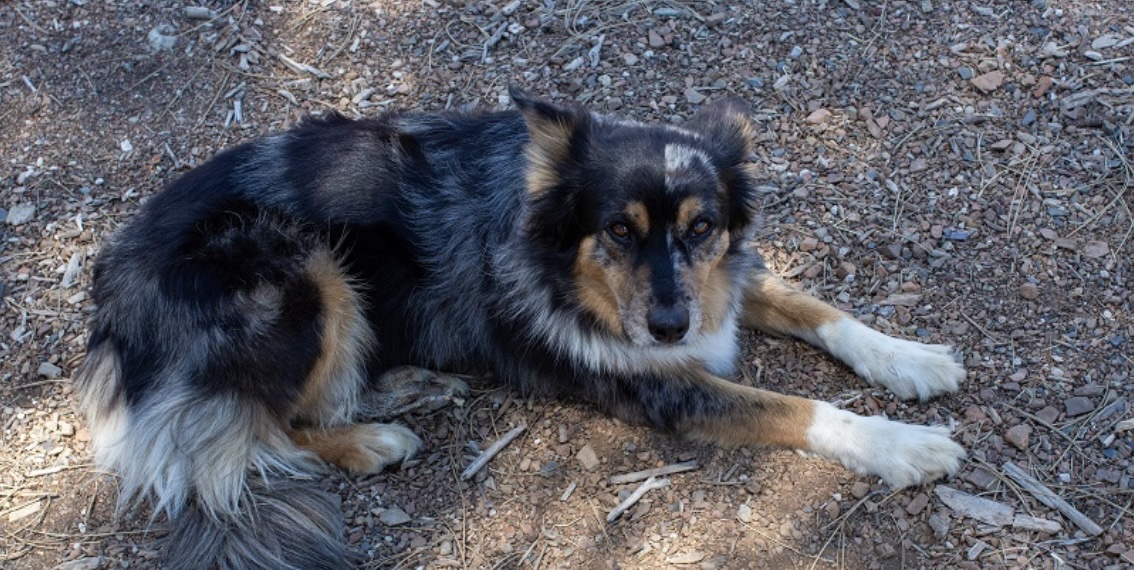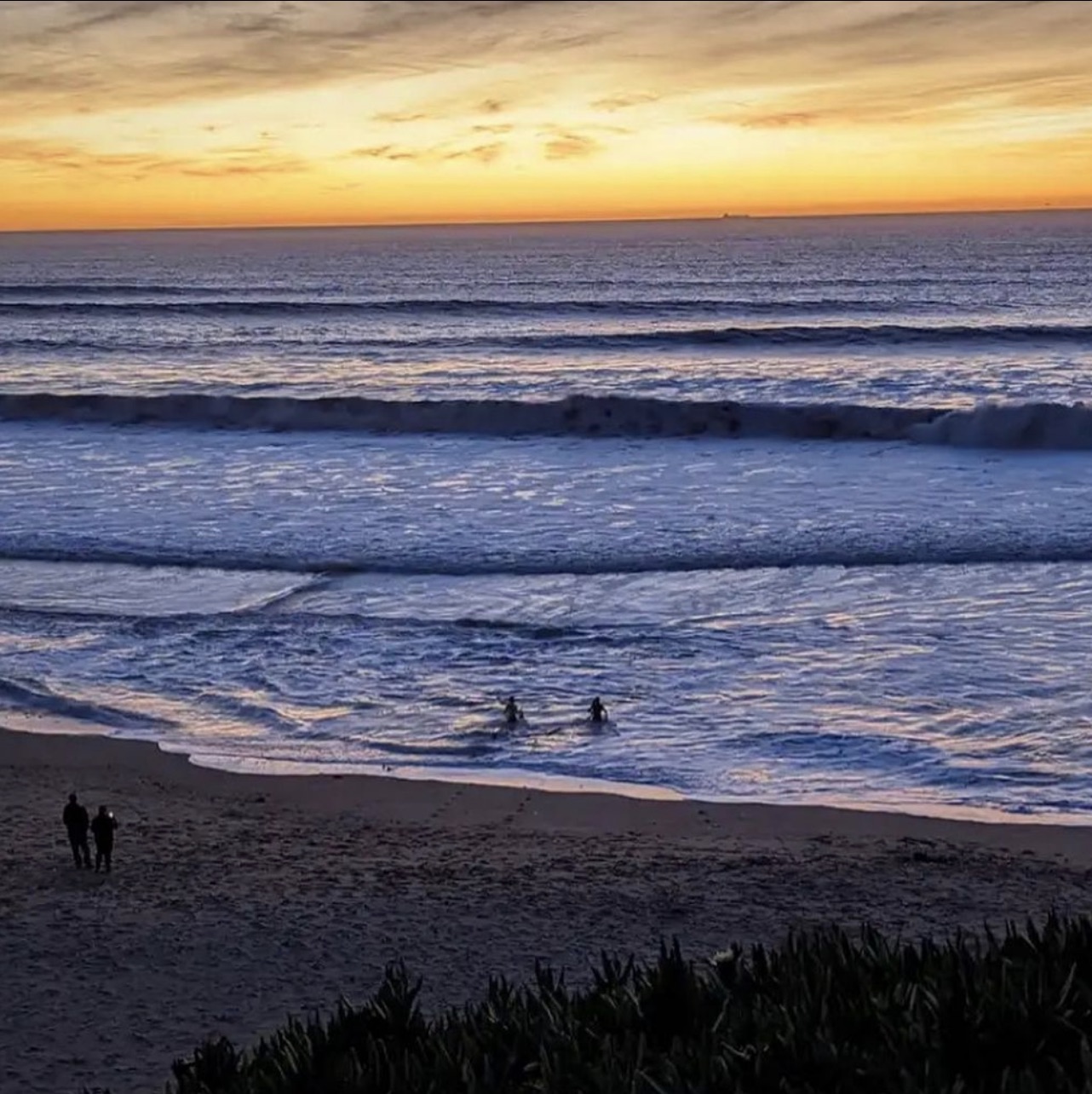|
Getting your Trinity Audio player ready...
|
PRESS RELEASE. From the California Department of Fish and Wildlife on April 25th, 2024.
Dog owners in California are reminded to take precautions to protect their pets from Salmon Poisoning Disease.
Salmon Poisoning Disease is a potentially fatal condition seen only in dogs after they eat certain types of raw or cold smoked fish like trout and salmon that are infected with a bacteria-like organism, Neorickettsia helminthoeca, which is transmitted by the parasitic flatworm (or “fluke”) Nanophyetes salmincola.
Nanophyetes salmincola occurs naturally in waters of northern California and most of the north state can be considered the native range for the fluke. But dogs throughout the state are susceptible. Dog owners are advised to be cautious and to keep their dogs away from salmon, steelhead, trout and other freshwater fish carcasses. The parasite cannot survive in cooked fish, is not harmful to humans and does not affect pets other than dogs.
If your dog has eaten or is suspected of eating raw fish, watch for signs of the disease. Symptoms are similar to distemper and may include some or all of the following: a rise in body temperature, loss of appetite, vomiting, diarrhea, listlessness and/or rapid weight loss. If signs of the disease appear, promptly take your dog to a veterinarian. Salmon Poisoning Disease is treatable if caught in time. If untreated, death usually occurs within two weeks of eating the infected fish. Without treatment, 90 percent of dogs showing symptoms die.
While all fish caught or originating from streams in California could potentially be infected, the California Department of Fish and Wildlife (CDFW) cautions that trout stocked in some waters in CDFW’s North Central Region are more likely to be infected with the flukes that cause Salmon Poisoning Disease.
Weekly fish stocking information is publicly available at CDFW’s Fish Planting Schedule web page.






